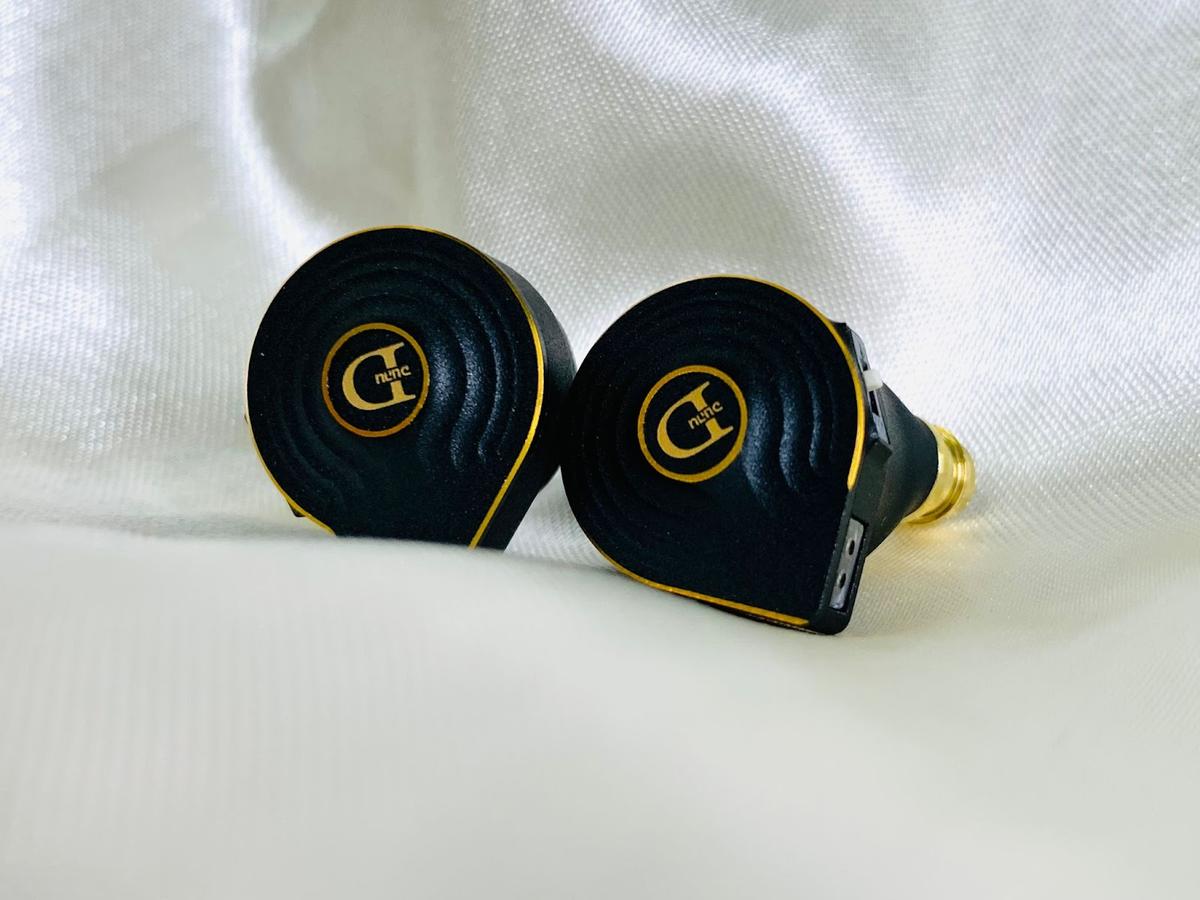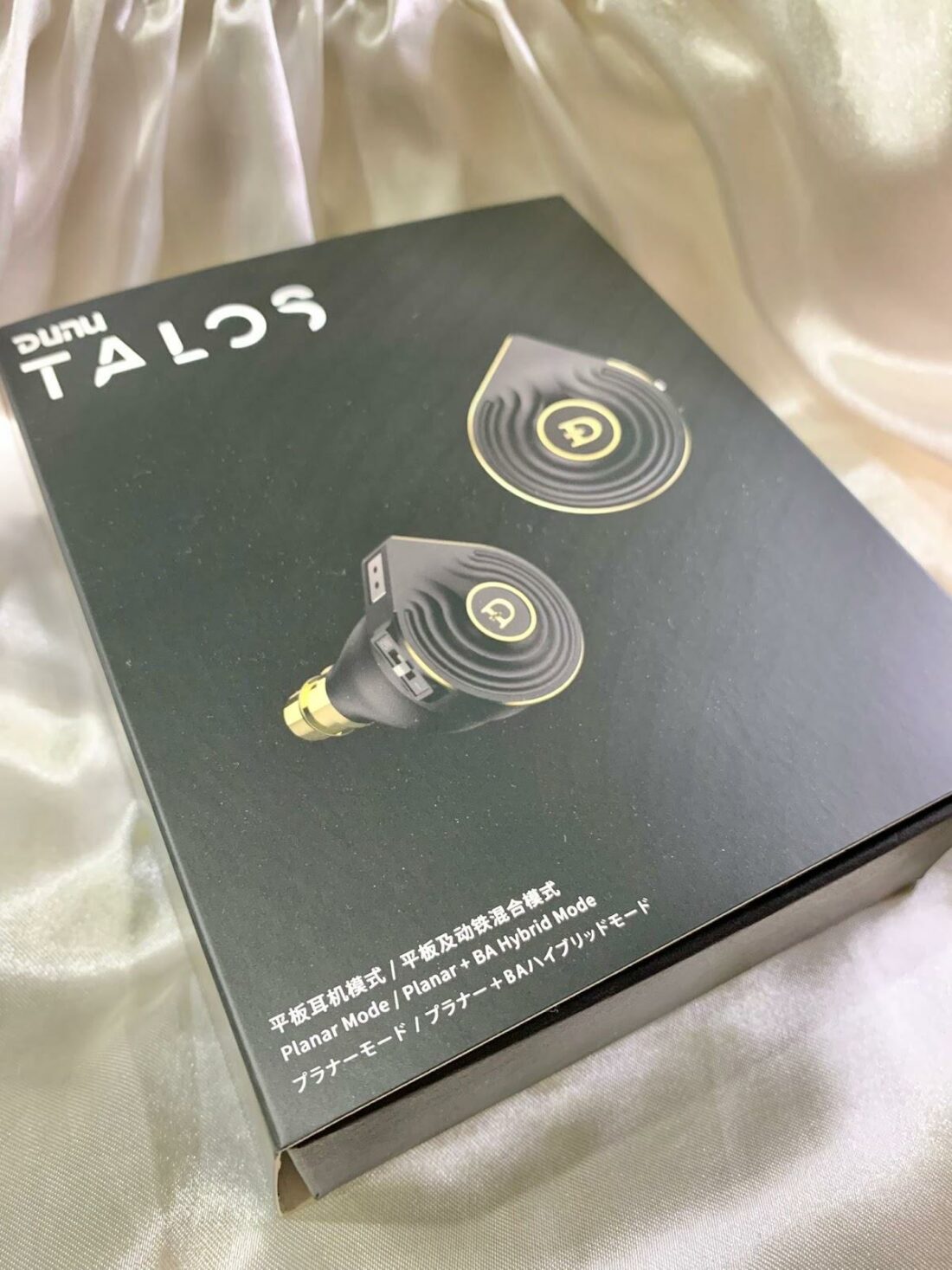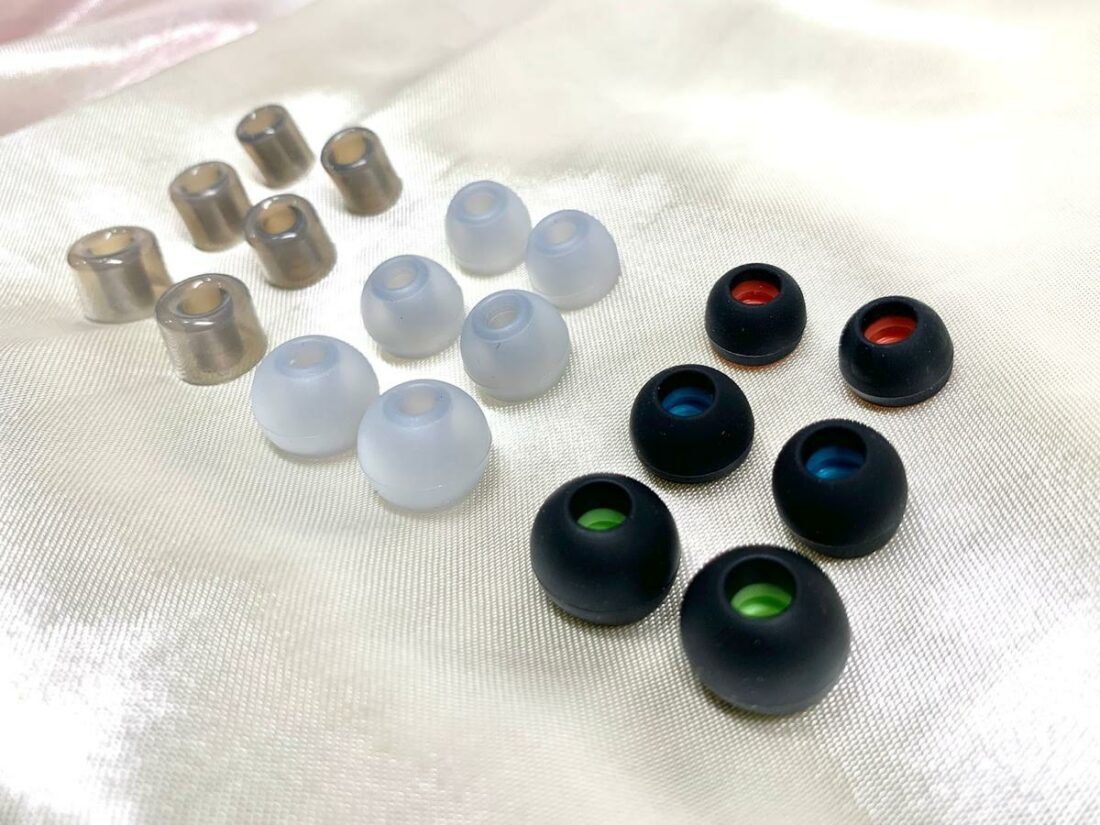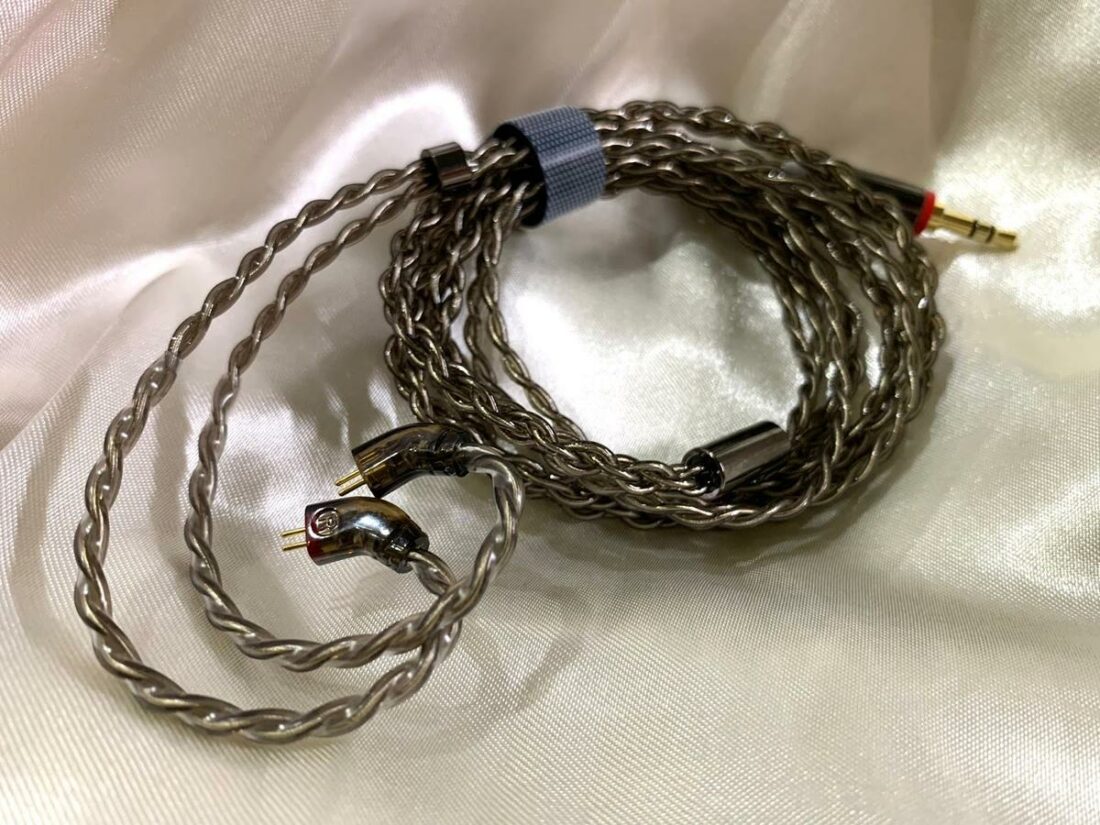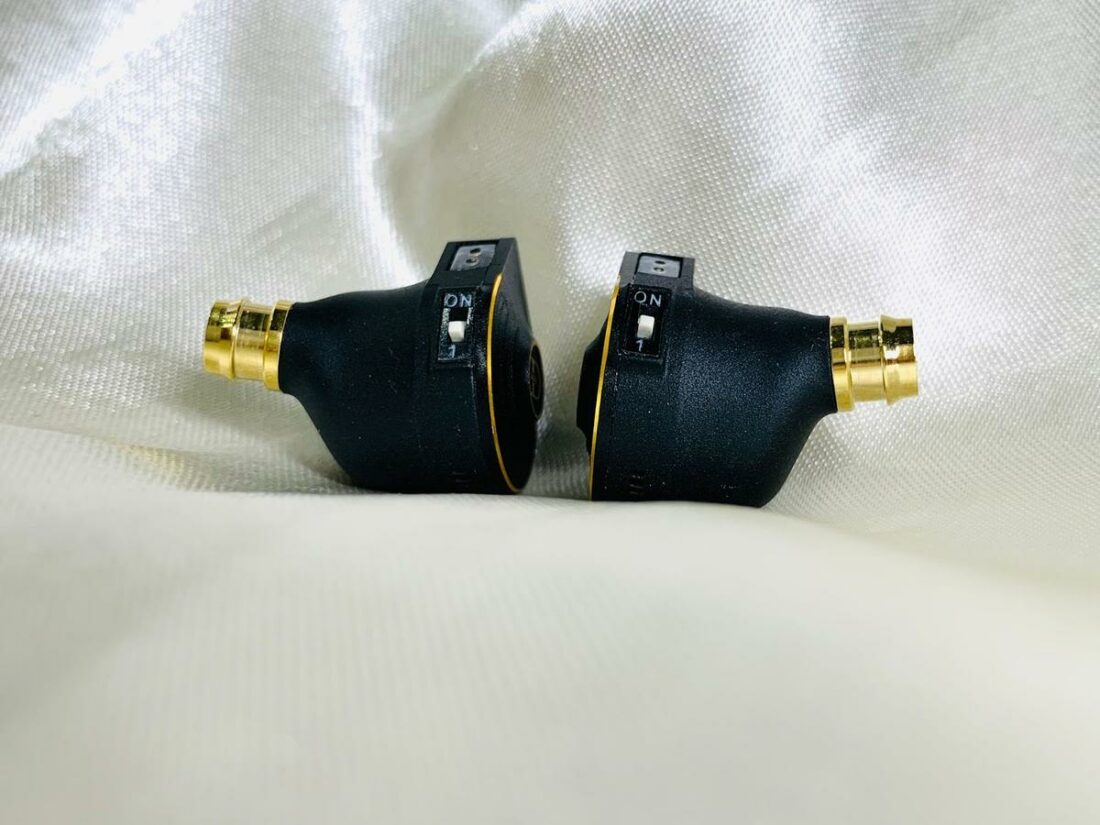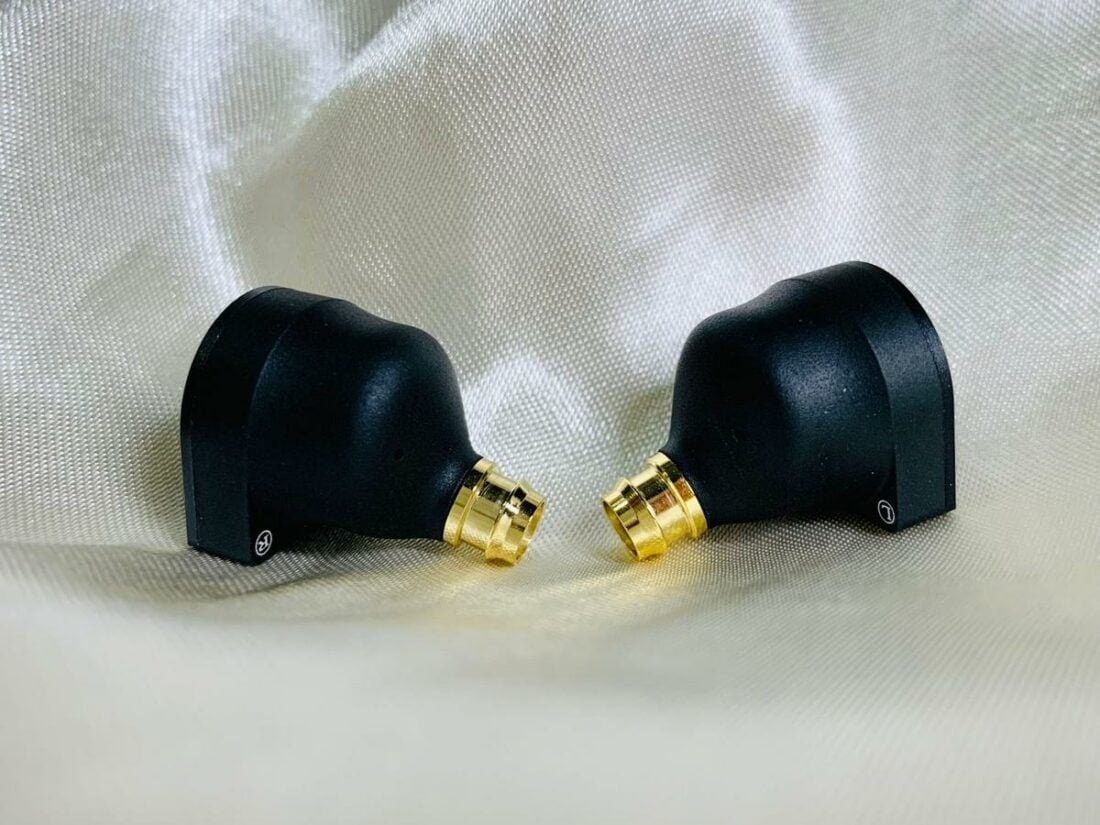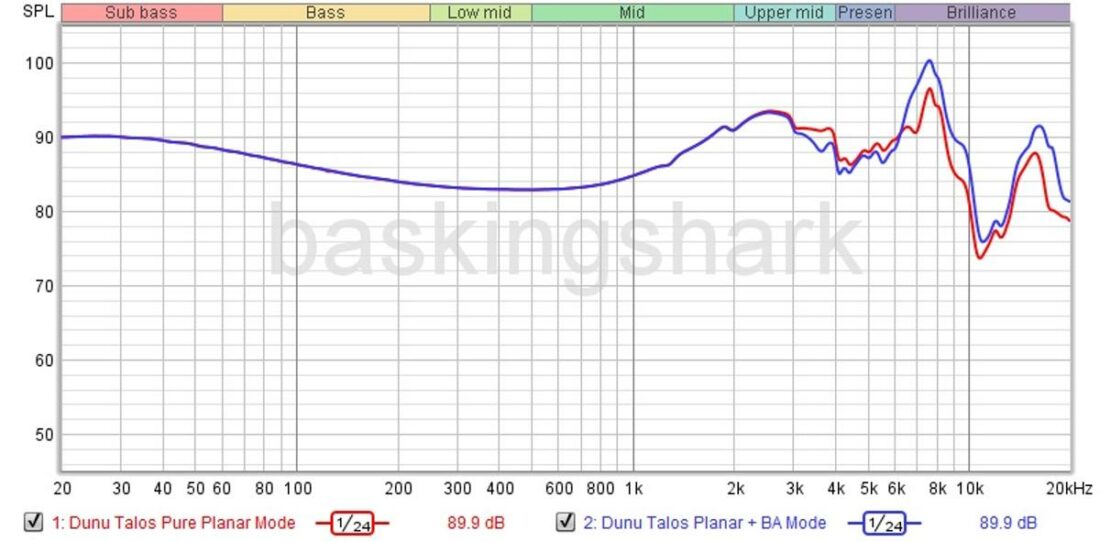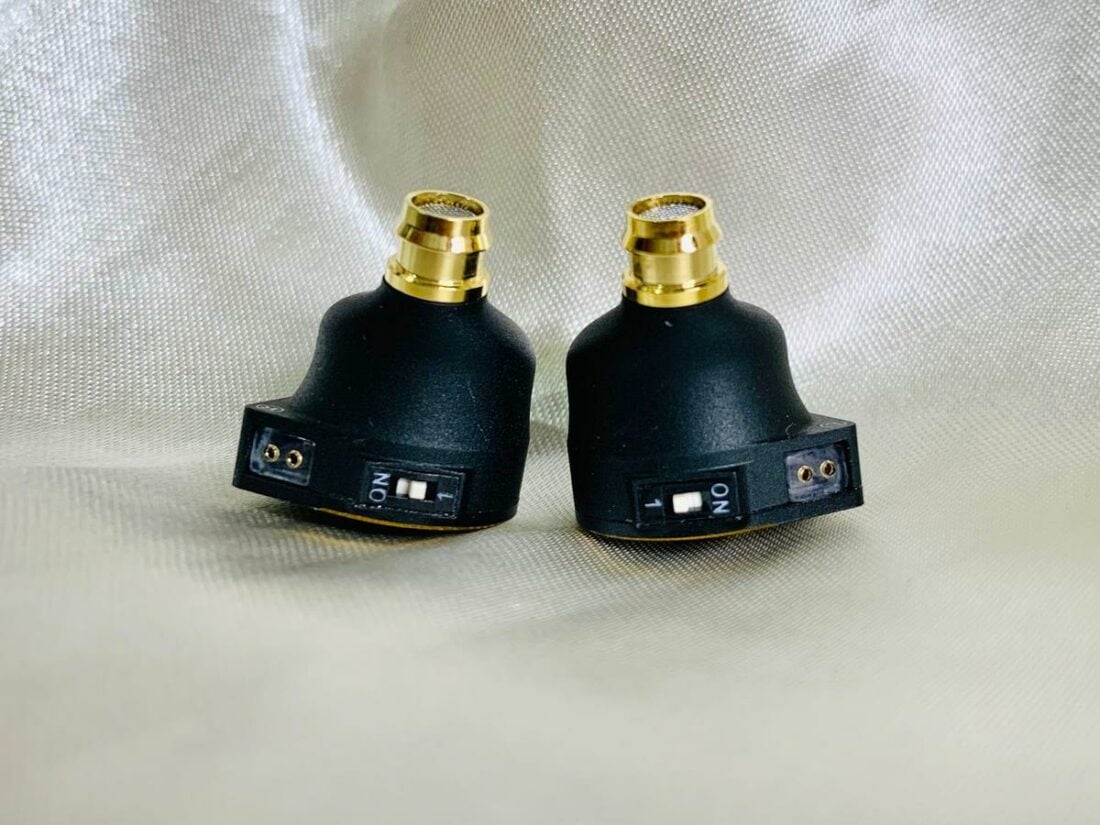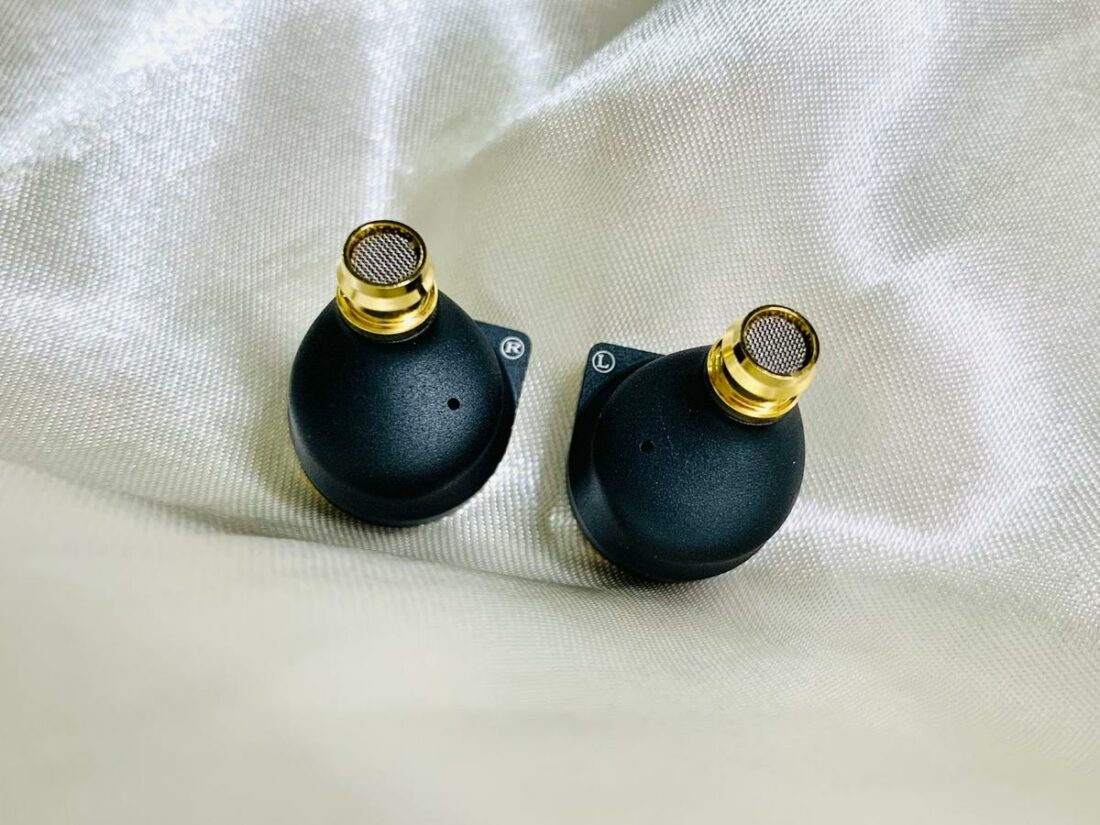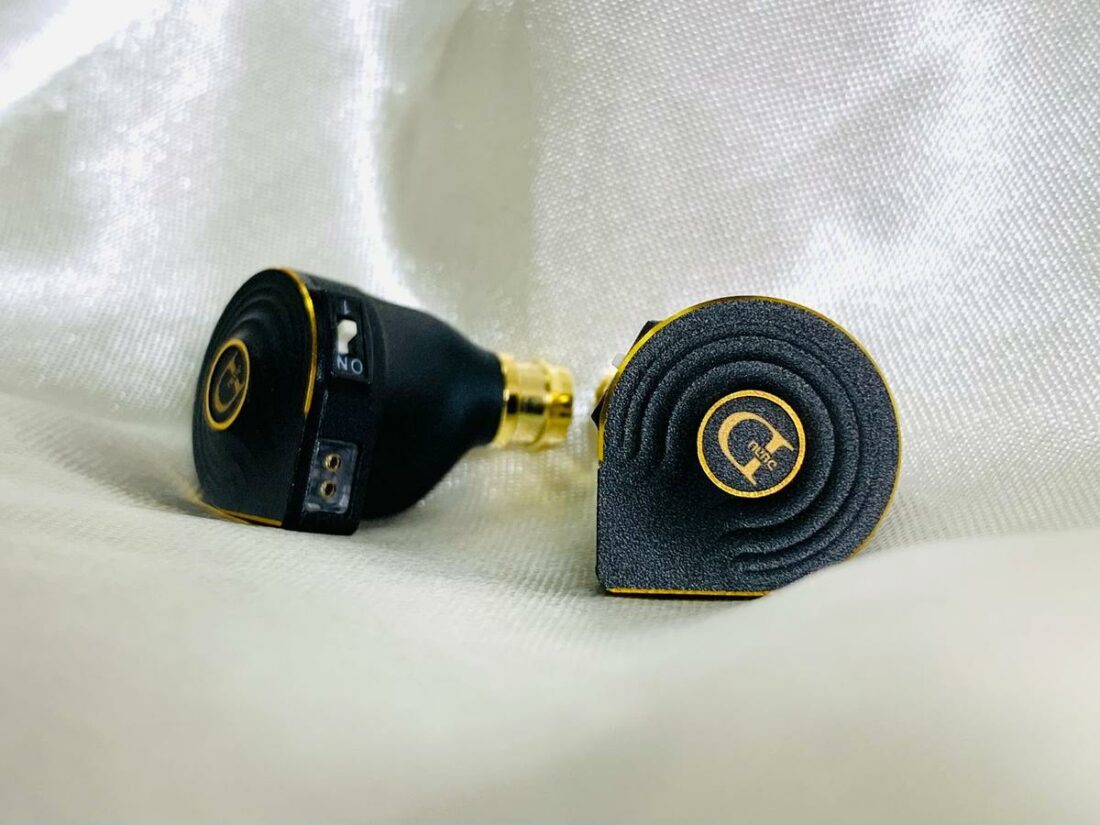It need not be emphasized that 2022 is the year of planar IEMs. Chi-Fi companies all want a piece of this lucrative pie, and it is no exaggeration that almost every week brings a new planar release. The Talos are DUNU’s first foray into the planar game. Rather than releasing the usual single-driver planar set, DUNU has released a potentially game-changing pair that can change from a pure planar to a hybrid with a flick of a switch! In Greek mythology, Talos was a behemoth bronze automaton that protected Crete. In Cretan fables, the name Talos was also a variation of the Greek sun deity Helios. Verily, the lexicon of Hesychius of Alexandria states that “Talos is the Sun.” As we will read below, these two interpretations of the name fit the Talos IEMs to a tee. The DUNU Talos have a bronze-like metallic housing and a switch to change the sonic profile, living up to the automaton agnomen. Additionally, the Talos are as bright as the sun in hybrid mode!
Company Overview
DUNU is one of the most reputable Chi-Fi brands and has manufactured and developed earphones since 2003, including OEM/ODM products for other audio companies. Boasting huge production facilities and a comprehensive suite of state-of-the-art testing equipment – in particular, Brüel & Kjær head-and-torso simulators, spectral analyzers, and anechoic chambers. DUNU does its driver development totally in-house. DUNU has obtained internationally-recognized acoustic research achievements and patents. DUNU was one of the pioneers in developing a full beryllium dome single DD IEM in the LUNA, which are still regarded as one of the top-of-the-line single DD sets that can match multi-BA/hybrid IEMs in resolution. Most other purported beryllium DD IEMs are plated or coated only. DUNU has also released some crowd favorites, such as the Titan S, DK-2001, Zen Pro, EST 112, VULKAN, KIMA, and SA6, in addition to having a vast accessory line-up.
Technical Specifications
Form: IEMs Drivers: 14.6mm planar magnetic driver with customized dual balanced armature (BA) drivers Impedance (Ohm): 16Ω (@1kHz) Sensitivity (dB): 100dB Frequency Response (Hz): 5 Hz – 40 kHz Removable Cable: Y Cable: High-purity, silver-plated monocrystalline cable Source Plug: 3.5 mm TRS, single-ended Cup/Shell Plug: 0.78 mm, 2-Pin
Packaging
In the box
DUNU Talos IEMs 3 pairs of narrow-bore white silicone ear tips (S, M, L) 3 pairs of wide-bore black ear tips (S, M, L) 3 pairs of Cylindrical Flat Soft-Silicone ear tips (S, M, L) Cable Cleaning brush 3.5mm to 6.35mm adapter
The accessory line-up is quite generous. The only criticism could be the lack of foam tips or a modular cable. These new ear tips – the Cylindrical Flat Soft-Silicone tips – are manufactured from a soft gas-phase silicone material. DUNU says they enhance vocals by producing a lively mid-range response with stellar clarity. In addition, they are advertised to be more comfortable than regular silicone ear tips. The white narrow-bore tips slightly boost the bass frequencies but compress the soundstage. The black wide-bore ear tips are pretty balanced and are a mid-point between the other 2 variants of tips and are my favorite pairing with the Talos.
Cable
A silver-plated monocrystalline stock cable is included, braided in a Litz structure. Each cable is covered with insulation, which DUNU proclaims provides efficient signal transmission with minimal coloration. The cable uses standard 0.78mm 2-pin connectors, which is my preferred connection compared to MMCX, as the latter may fail with frequent cable swaps. The cable is quite tangle-free and of good thickness. There’s a chin cinch to give added stability during usage. Unfortunately, there are microphonics present. This may be nitpicking, but some planar competitors like the LETSHUOER S12 Pro and 7Hz Timeless AE include a modular cable in their packaging (that can feed both single-ended and balanced sources). It is quite a bummer that the stock cable here is only 3.5mm single-ended.
Case
The semi-rigid case is quite practical. The inner layer is lined with a velvety material and has webbing to lodge accessories.
Design
The shells are fashioned from high-precision CNC (computer numerical control) machining with aviation-grade aluminum alloy. According to marketing materials, an inner gold-plated brass acoustic cavity structure assists with making the sound natural. There are multiple vents on the front and rear cavities, which DUNU says constitute a special multi-venting system, contributing to strong dynamics and robust low-frequency response. Isolation is hence bang average due to the venting. The switches that convert the Talos between a pure planar and a hybrid are found on the sides of the shell. When put to the “ON” position, this activates the hybrid BAs + planar mode, whereas when switched to “1”, this turns off the BAs and makes the Talos solitary planars. The shells have ‘L’ and ‘R’ lettering to delineate the left and right sides of the earpieces, respectively.
Comfort
Comfort is decent enough. Each earpiece weighs 14g, and the housings are smooth with no weird protrusions. However, like most other planar IEMs, the shells are on the larger side to accommodate the drivers. In practice, I’ve experienced more fit issues with the 7Hz Timeless, and especially the Moondrop Stellaris, so the ergonomics are pretty well-designed on the Talos.
Internals
In contrast to the usual weekly single planar driver releases, the Talos’ selling point is their hybrid switch. The 14.6mm pure planar magnetic driver is already tuned for a full-frequency response. But activating the hybrid mode brings the dual customized BAs into play, adding to the higher frequencies and increasing resolution. The Talos’ planar driver features an ultra-thin diaphragm with a light silver alloy voice coil embedded with an N55 double-sided magnetic circuit. Planar drivers are touted for their uber-low distortion and lightning-quick transients, and this year has been the year of the planar hype-train for this very reason.
DUNU Talos Sound
In the single planar mode, the Talos sport a U-shaped tonality. This makes the Talos pretty balanced and all-rounded for most music genres. Activating the BAs boosts the upper frequencies, making the Talos extremely bright. In this mode, resolution, soundstage, sparkle, clarity, and technical performance rocket, but this is a double-edged sword. Sibilance rears its ugly head, and they can be fatiguing and harsh for treble-sensitive folk, with high hats and cymbals being overly emphasized and splashy. In pure planar mode, timbre is pretty natural, considering most planars can have issues in timbral accuracy due to overly fast transients and lack of decay. However, with the hybrid mode activated, the timbre comes across as metallic, the note weight is very thin, and vocals sound nasal. Even in the pure planar setting, the Talos showcase excellent imaging, layering, micro-details, transients, and instrument separation. Only the Moondrop Stellaris can better the Talos in these areas, but the Stellaris are quite unlistenable for most consumers, being overly bright, with timbral flaws and fit issues. Soundstage is wide but just average in height and depth in the pure planar mode. Admittedly, there are other planar peers with a more expansive soundstage.
Bass
The Talos are sub-bass focused. There is a rumble down low when the sub-bass frequencies are hit in musical tracks. However, the Talos are not a bass-head set, there is a lack of mid-bass thump for genres such as EDM or hip hop, but for most other genres, the Talos should do a fine job in terms of bass quantity to keep the music from being overly boring. Bass quality is a true highlight on the Talos – transients, texturing, and speed are exemplary. Even on very complex bass tracks, the Talos pull through without any smearing, with no mid-bass bleed.
Midrange
The lower midrange is slightly depressed. After that, there’s a slight boost in the upper midrange, but thankfully, this area is forward without being shouty. Vocal and midrange lovers will have a field day, as this frequency band is very clear and transparent, with instruments layered astoundingly well. Acoustic, vocal, and classical tracks are a pleasure to listen to, aided by the exceptional imaging and instrument separation, with no big mid-bass impinging on this area.
Treble
The lower treble continues on from the slight bump in the upper midrange. In pure planar mode, the treble extension is decent. It could be more airy and sparkly, but it balances a fine line between being forward and getting some micro-details in without fatigue. In the exclusive planar mode, sibilance is mild.
Comparisons
The Talos will be compared against other planar brethren. As far as possible, the Talos will be used in solely planar mode, so as to compare apples to oranges. BAs, single DDs, hybrids, and other driver types are omitted, as the different transducers have their own pros and cons.
Vs. LETSHOUER S12 Pro
The S12 Pro are tuned to a deeper V-shape. They have bigger bass and sound more “fun,” though the bass isn’t as tight and textured as on the Talos and can bleed into the midrange. The midrange is more recessed on the S12 Pro and vocal and midrange lovers might want to opt for the Talos if this frequency band is your cup of tea. The S12 Pro’s treble is more boosted, sparkly, and airy but may cause fatigue if one is treble-sensitive. In technicalities, the S12 Pro have slightly poorer imaging, instrument separation, and transients. However, the S12 Pro have better clarity, soundstage, and micro-detailing, which could be a function of a boosted treble. The S12 Pro have a tinge less natural timbre, but their included cable has modular options for various balanced and unbalanced connectors, which isn’t included with the Talos’ accessories.
Vs. Tangzu Audio Zetian Wu
The Zetian Wu are more L-shaped and are bassier and darker, with a markedly thicker note weight. The Zetian Wu have greater sub-bass extension, but the bass is not as tight, agile, and clean, with some mid-bass bleed present. The Talos are no slouch in timbre, but of the planar challengers, the Zetian Wu have the best timbral accuracy of the lot. Unfortunately, the Zetian Wu are a league behind when it comes to technical aspects such as clarity, micro-detailing, imaging, and instrument separation. Even though the Zetian Wu have a more expansive soundstage, due to nebulous and fuzzy imaging, it is hard to pinpoint instruments when they encounter complex music tracks.
Vs. Moondrop Stellaris
The Stellaris are an extremely bright set with a highly polarizing tonality – consumers will either hate or love the tuning, which is catered primarily to treble-heads. The Stellaris have a more marked boost in the upper mids and treble, with greater treble extension, sparkle, and air. Note weight is very thin on the Stellaris, and their timbre is quite unnatural when acoustic instruments show up in the music; vocals are overly nasal. In the pure planar setting, the Talos have slightly poorer imaging, clarity, and soundstage, when compared to the Stellaris. However, if the hybrid mode is activated, the Talos have the upper hand in technical performance. The Stellaris are much harder to drive. Tonality aside, the Stellaris’ sub-optimal fit may be a deal-breaker. The heavy shells and lengthy nozzles can cause comfort and fit issues for users. Although the Stellaris are cheaper, they are kind of one-trick ponies, espousing technicalities and resolution over timbre and tonality. They do very well only for certain music genres but get found out with bassier music genres. Also, most consumers might find them overly bright and intolerable without mods/EQ. The Talos in contrast, are more all-rounded, featuring a more mainstream tuning in the pure planar mode. If technicalities or a treble-focused soundscape are desired, one can easily use the hybrid setting, which gives greater resolution than the Stellaris.
Where to Buy
Conclusion
DUNU has done splendidly well with its inaugural planar release. Rising above the weekly stale planar offerings, the Talos bring two very different tunings to the table – a treble-head, bright, detail-laden hybrid configuration, and a regular planar mode that melds good technicalities, tonality, and timbre. While there may be planar rivals that do very well in one department – the Stellaris in technicalities, or the Zetian Wu in timbral accuracy/tonality – the Talos on the pure planar setting score high marks in most departments, and arguably are an almost complete package. Living up to their dual namesake of the Cretan guardian machine and sun deity Helios, activating the hybrid switch elevates the Talos head-and-shoulders above the other planars in technicalities (though at the expense of added sibilance and fatigue). Granted, most consumers will probably use the single planar mode for the majority of their music appreciation. Still, our treble-head friends may appreciate the hybrid switch, and some may like an appropriate option for critical listening and analysis of music. The Talos get my vote for the best complete planar package of 2022, performing well in the 3Ts of timbre, technicalities, and tonality. Oops, is that too premature? Haha, 2022 isn’t over, and who knows, the audio gods might bring along another planar hype train next week.
